Las Vegas is a city of lights, entertainment, and endless opportunity—but for small business owners, it’s also a battlefield for attention and consumer dollars. Whether you’re running a boutique on Fremont Street or a service-based startup downtown, your marketing strategy needs to be sharp. One of the most common dilemmas I see among local entrepreneurs is deciding whether to focus on creating brand awareness or driving immediate traffic and transactions. The truth is, both matter—but not at the same time, and not in the same way. Let’s break down how to approach this critical decision, when to pivot, and which platforms give you the best bang for your marketing buck.
Brand Awareness vs. Transactions: What Comes First?
For small business owners in Las Vegas just starting out, brand awareness should be your first priority. You can’t expect people to buy from you if they don’t know who you are. Building awareness means creating a recognizable identity, establishing credibility, and planting your brand in the minds of your target audience. This is especially important in a saturated market like Vegas, where consumers are bombarded with choices. Whether you’re a new restaurant in Summerlin or a vintage shop in the Arts District, awareness is what gets people to notice you in the first place.
That said, awareness isn’t about vanity metrics like likes and shares—it’s about strategic visibility. You want your brand to show up in the right places, in front of the right people, with a consistent message. Think of this phase as laying the foundation. Without it, any traffic you drive will be like pouring water into a leaky bucket. You might get a few random hits, but you won’t build a sustainable business. Investing in awareness early means you’ll spend less on conversions later, because your audience will already trust you.
Still, I’ve seen too many small businesses skip this step and go straight for the sale. That’s a mistake. If your audience doesn’t know your story, doesn’t recognize your logo, or hasn’t seen your name around town, they’re unlikely to click “Buy Now.” You need to earn their attention before you can earn their dollars. So unless you’re running a flash sale or have a product with zero competition, start with awareness. It’s not optional—it’s essential.
When to Shift Focus From Awareness to Conversions
Knowing when to pivot from brand awareness to driving transactions is part art, part science. A good rule of thumb: when your audience starts recognizing your brand, engaging with your content, and showing up in your store—or on your site—organically, it’s time to start pushing for conversions. If people are commenting on your ads, tagging friends, or mentioning your brand in local forums, that’s a signal that your awareness campaigns are working. Now, you can begin to introduce transactional offers.
This is where you start layering in more direct-response campaigns: limited-time offers, lead magnets, product demos, and retargeting ads. You’re no longer just saying “Hey, we exist!”—you’re saying “Here’s why you should buy from us right now.” But don’t drop awareness efforts altogether. The most effective marketing strategies run both in tandem, with different budget allocations depending on your business cycle. Think of awareness as your long game and transactions as your short-term wins.
Timing is everything. If you shift to conversions too early, you risk alienating an audience that doesn’t yet trust you. But wait too long, and you’ll miss out on revenue opportunities. I recommend using data to guide the switch: track your engagement metrics, website traffic, and social listening cues. When your audience starts behaving like they’re ready to buy, that’s your green light. Laser-focus your message, optimize your calls-to-action, and start closing the deal.
Top Ad Platforms for Awareness and Transaction Goals
When it comes to building brand awareness in Las Vegas, nothing beats Meta (Facebook and Instagram). These platforms are still king for visual storytelling and community engagement. You can geo-target based on neighborhoods, interests, and behaviors—critical for a city as segmented as Vegas. TikTok is another rising star for awareness, especially if your brand skews younger or thrives on visual creativity. These platforms allow you to show your personality, tell your story, and build emotional connections—exactly what awareness is all about.
For driving traffic and transactions, Google Ads is your go-to. When someone searches “best tacos in Las Vegas” or “emergency plumber near me,” they’re not looking to be entertained—they’re ready to act. That’s where search intent comes into play, and Google Ads lets you capture that moment. Pair that with retargeting on Meta and display ads via the Google Display Network, and you’ve got a full-funnel approach that converts browsers into buyers.
Don’t sleep on email marketing and SMS for conversions either. Once someone’s in your ecosystem, these are your most cost-effective tools to drive repeat transactions. Platforms like Klaviyo and Mailchimp let you automate personalized offers based on behavior, while tools like Attentive or Postscript can deliver instant promotions right to a customer’s phone. These aren’t sexy platforms—but they’re the workhorses of conversion marketing, and they deserve a permanent place in your strategy.
Marketing for small businesses in Las Vegas isn’t a one-size-fits-all game. It’s a delicate dance between getting seen and getting paid. Start with brand awareness—earn your audience’s trust and build recognition. Then, when the time is right, shift gears toward driving traffic and transactions. Use the right platform for the right goal, and don’t be afraid to adapt as your business grows. Remember, visibility without strategy is noise, and sales without trust are short-lived. Play the long game, and the wins will follow.































